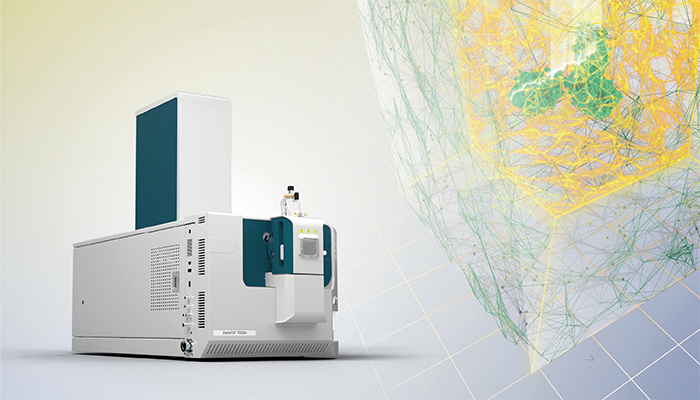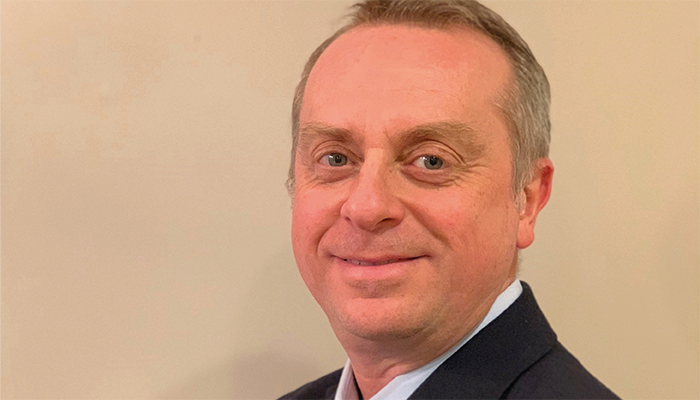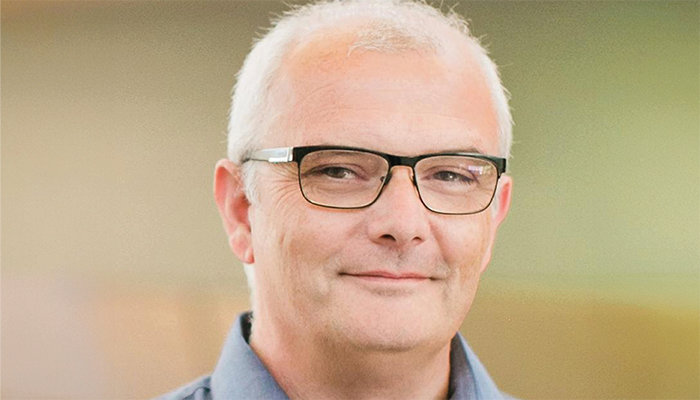
9 – ZT Scan DIA
Next-gen data-independent acquisition for quantitative proteomics
Produced by SCIEX
Building on SCIEX’s established workflows such as SWATH DIA and Zeno SWATH DIA, this new approach provides the comprehensive coverage DIA is known for while delivering enhanced precision, sensitivity, and selectivity characteristic of targeted quantitative workflows.
ZT Scan DIA offers the ability to quantify more proteins with greater accuracy, bridging the gap between protein identification and translational applications. By increasing throughput up to 10 times compared to earlier workflows, it aims to allow researchers to extract detailed biological insights faster. The system is designed to reduce uncertainty in protein quantification, enabling precise biomarker validation and translational certainty across a wide range of applications. Its ability to handle low protein loads with high speed and accuracy makes it particularly valuable for biomarker discovery and development.

Jose Castro-Perez

Steve Tate
Please introduce yourselves
Jose Castro-Perez, and I am the Vice President, Product Management at SCIEX. I lead the global SCIEX product portfolio for CE, LC/MS, software ecosystems and accessories.
Steve Tate, and I am a Chief Research Scientist at SCIEX. Within this role, I research many different areas adjacent to the product commercialization paths, investigating methods for instrument operation and data processing.
What impact could your innovation have?
Jose: We launched the ZenoTOF 7600+ system, because we saw a need in proteomics and translational research to drive efficiency. This system integrates in ZT Scan DIA, the next generation of data independent acquisition, designed to simplify the transition from biomarker discovery to clinical application.
Steve: This drive to move proteomics into clinical cohorts, and understand critical biological questions, is resulting in extremely large sample sets. Given traditional LC/MS methods where it would take 1 hour to identify and quantify 10,000 samples, ZT Scan DIA can analyze it in a fraction of the time, which will drive more biological insight and understanding of disease.
Did you collaborate with any external teams during development?
Jose: SCIEX has a strong development process where collaborations are engaged with at a very early phase. They are critical as they allow us to gain feedback and adjust the product to meet the needs of the community. These collaborations continue through commercialization. Our philosophy of innovation is driven by customer centricity where meeting customer needs and challenges is at the center of what we do.
Are you driven more by scientific curiosity or the desire to make an impact?
Steve: As a company, we strive to do both. The impact the customer can make on advancing research and patient outcomes is undeniable. For me personally, there is also a lot of scientific curiosity, drive by wanting to positively impact lives. Innovation can come from a completely new method or the way people process samples, but the simplest innovations come from talking and working with scientists and understanding their needs to develop tools to simplify their daily jobs.
Is there anything missing from the analytical scientist’s toolbox today?
Steve: Scientists today generate data from many diverse analytical techniques. However, the final integration and understanding derived from the different data is where the real challenges lie. The cross-modality correlation of results is all custom and manual today. The rise of advanced mathematical applications to aid this is an urgent need.
What big problems could analytical innovation help to solve over the next decade?
Jose: As analytical science becomes more precise, more sensitive, more robust, its potential expands. There are many big problems out there today – from food safety, to curing cancer, to testing for PFAS in the environment.
Steve: We see tools like mass spectrometry and capillary electrophoresis becoming increasingly prevalent, especially as innovations make it easier to collect data and understand the results through AI/ML. Many members of our research group have played and continue to play key roles in driving instrument efficiency and advancing this data processing.




